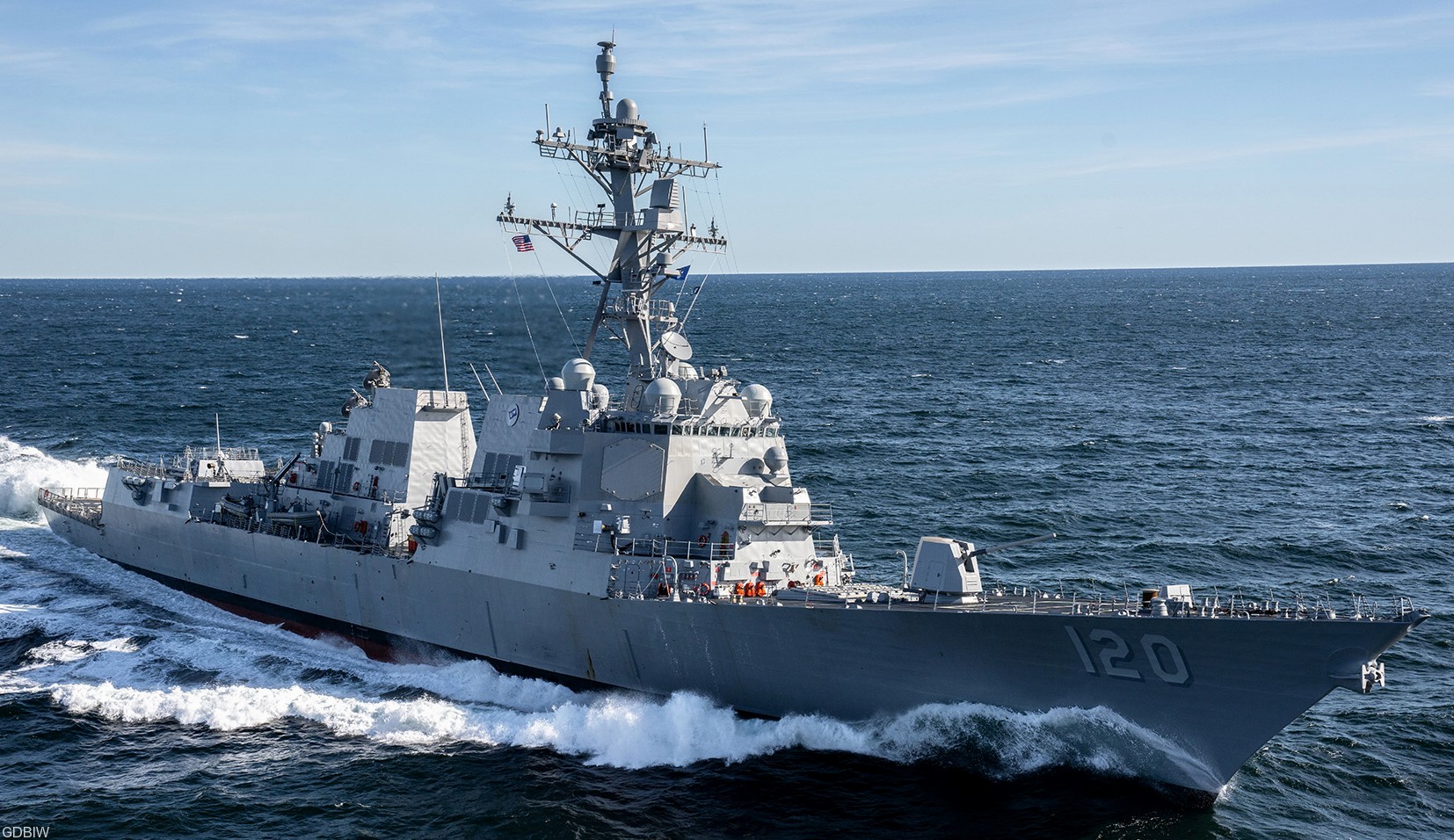The destroyer USS Carl M. Levin used SM-3 Block IA and SM-2 Block IIIA interceptors to simultaneously intercept ballistic missiles and anti-ship missiles
The US Navy and Lockheed Martin have tested the ability of an Arleigh Burke-class guided-missile destroyer to simultaneously deal with different types of air threats, including ballistic threats. The USS Carl M. Levin (DDG 120) was used for the test.
Here's What We Know
The event, called Vigilant Wyvern, took place at the Pacific Proving Ground in Hawaii. The test was organised by the US Navy's Integrated Warfare Systems Programme Executive Office and the US Missile Defence Agency.
The purpose of the test was to assess the ability of a destroyer with the Aegis combat system to simultaneously deal with ballistic missiles and subsonic targets. For this purpose, the ship used Standard Missile 3 (SM-3) and Standard Missile 2 (SM-2) missile interceptors in Block IA and Block IIIA configurations, respectively.

USS Carl M. Levin (DDG 120) employed two SM-3 Block IA interceptors to engage two ballistic targets. With the SM-2 Block IIIA, the ship handled four subsonic targets. These were drones that mimicked anti-ship missiles.
The successful test will gather important data on the capabilities of the Aegis combat system and the Arleigh Burk-class destroyer USS Carl M. Levin (DDG 120) to counter ballistic and anti-ship missiles. US experts have moved on to a detailed study of the results obtained during the test.
Source: Lockheed Martin